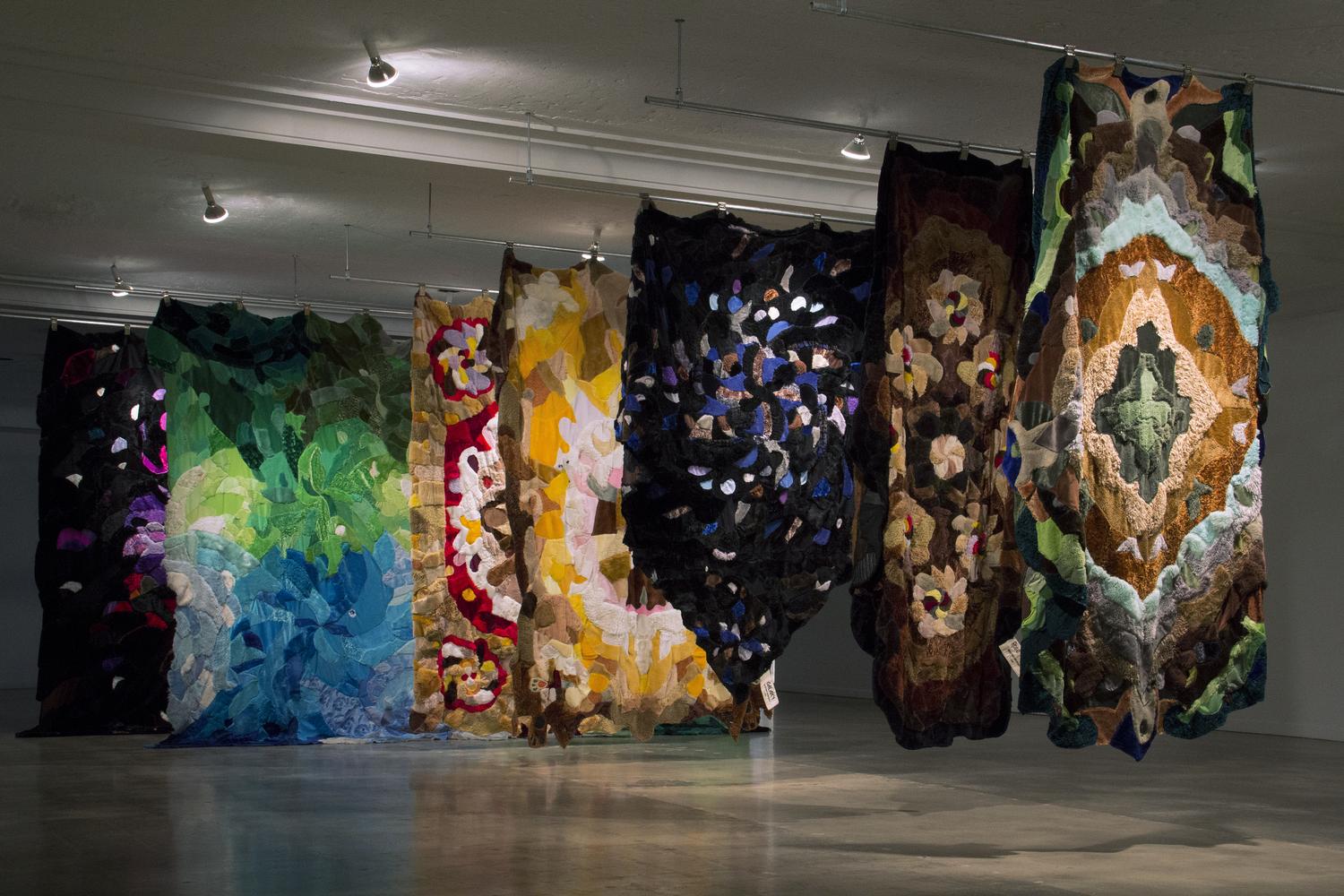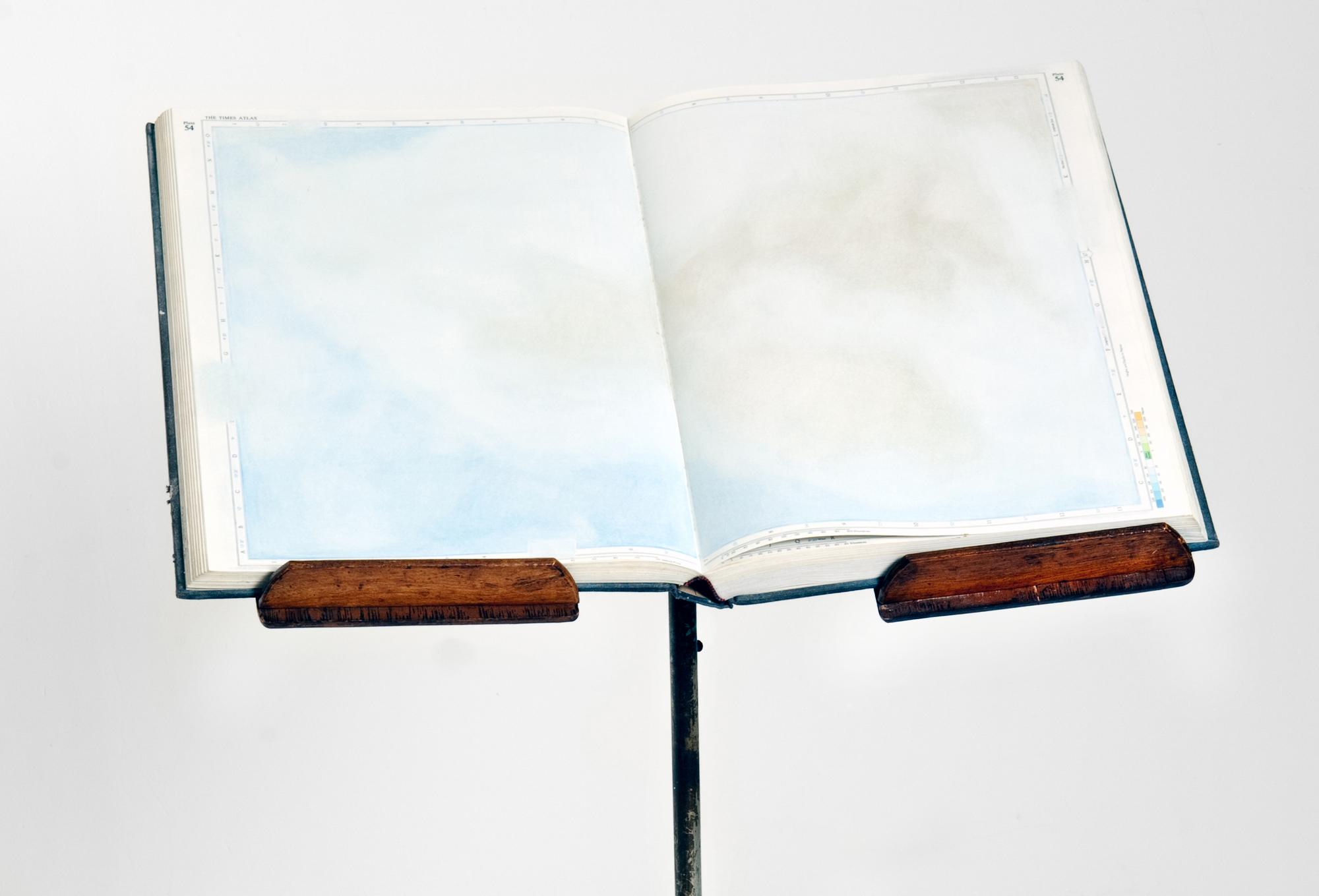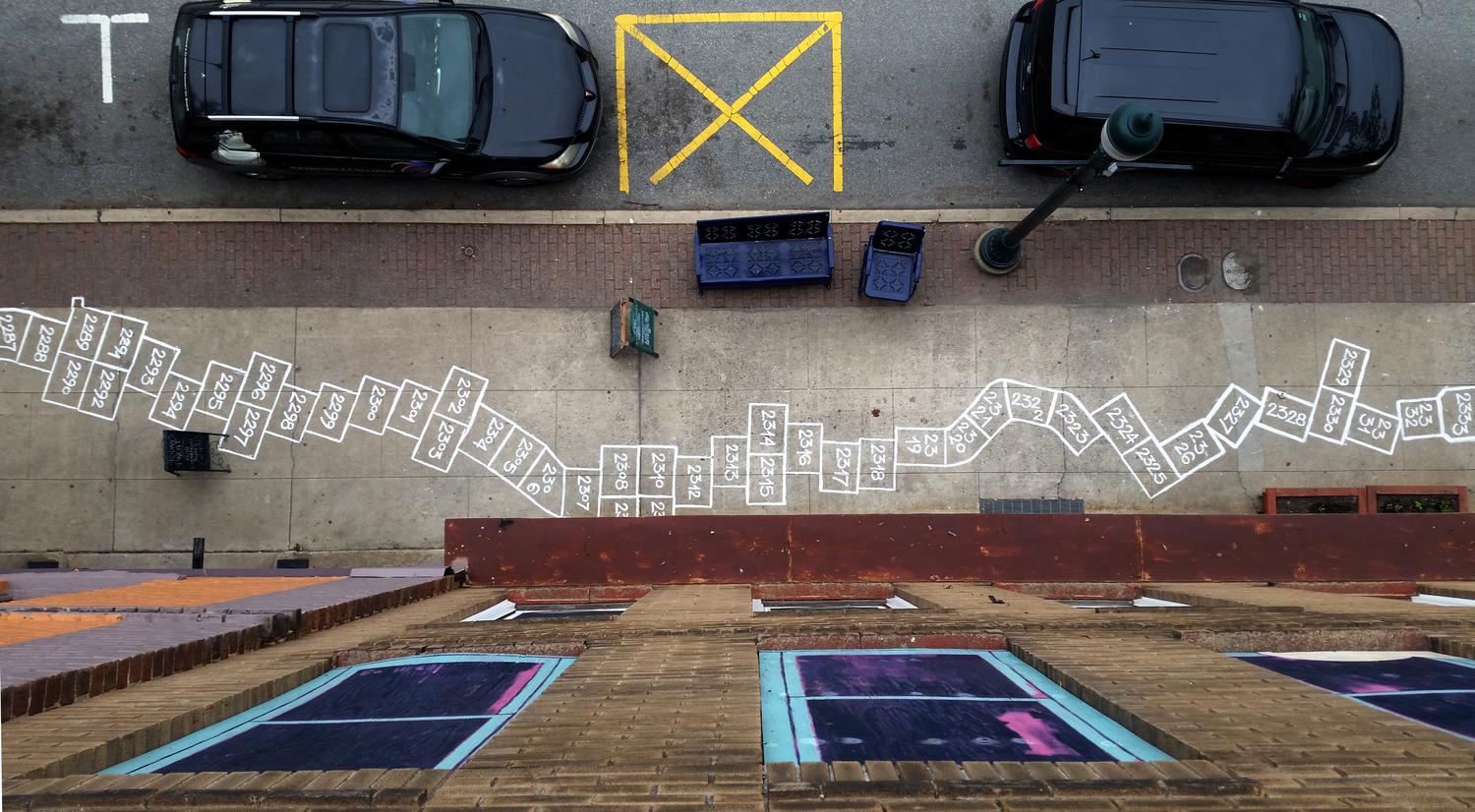

I remember seeing plastic bottles turned to water sprinklers to make water usage more efficient, and constant ways of re-immagining the use of every kind of container and space. During my time in Miami, I’ve spent a considerable amount of time with Nina Surel, who is probably the most surrealist of my friends: the universe she inhabits is filled with feminine energy, a realistic approach to life, and a motherly energy towards the seekers she encounters along her way. Her gallery, Collective 62, has become our playground: a place where we discover ourselves through rituals. At a time where masculine energy is becoming overwhelming due to Covid and its restrictions, she reached out inviting me to visit Agustina Woodgate’s studio.

Agustina Woodgate is one of the most recognized artists in the Miami art scene. She grew up in Buenos Aires, Argentina where she collected things that could be described as trash. She would draw her dreams and illustrate her weekends, as a gift to her friends. She also loved separating things to see how they were built. She’s a poet, a journalist, an artist, an alchemist, a designer and an engineer; she’s is a thinker and a student of life, politics, sociology, geography and human emotions.
Agustina gained recognition in Miami by sewing labels inscribed with poetry into clothing at thrift stores, a project she described as ‘poetry-bombing’. Later she created ‘Concrete Poetry’a permanent urban design project as a part of the Miami Poetry Festival in collaboration with O, Miami and Miami-Dade County’s Department of Transportation and Public Works bringing the gift of words to public spaces. One of her most beautiful pieces is ‘Rayuela’ (Hopscotch), which deals with the themes of childhood, impermanence, public space, and equality. Her ‘Rayuelas’ are all over the world. The most recent one was created in Palestine.
She gained international recognition with ‘The Times Atlas of the World’, a World Atlas that she sanded by hand. The particles of color that were left from that process, were later compressed into what looks like a makeup palette that is placed on a black granite tombstone as a reflection of frontiers, Earth and the shared joy of community. One of her latest accomplishments is National Times, an installation composed of forty analog slave clocks, operated and synchronized by a power line, which was presented at the biennial at the Whitney museum in 2019.
Woodgate is currently working on a series of rugs that reflect on environmental catastrophes, made out of upcycled and pre-loved teddy bear ‘skins’. These pieces are inspired by Pepe, her childhood teddy-bear companion. For me this piece deals with the loneliness that comes as a consequence of growing up, and the need for confort in a world that is falling apart.
As we talked about life, the world and our interpretations of both vulnerability and success, I regained a lost sense of hope in how we might still have the power to shift the direction the world is going towards. Our current social situation looks exactly like those dismembered teddy bears lying on the floor: we belong together, yet we are separated from each other. The stitches have been pulled apart: we can never be the same, because the social fabric has been destroyed, but we can build ourselves anew with what we know now about each other. Every stitch is a bridge.
For me, as long as there is art, there is hope.
And the journey continues.
Images: agustinawoodgate.com

© Journey of a Braid. All rights reserved. Privacy Policy | Terms of Use